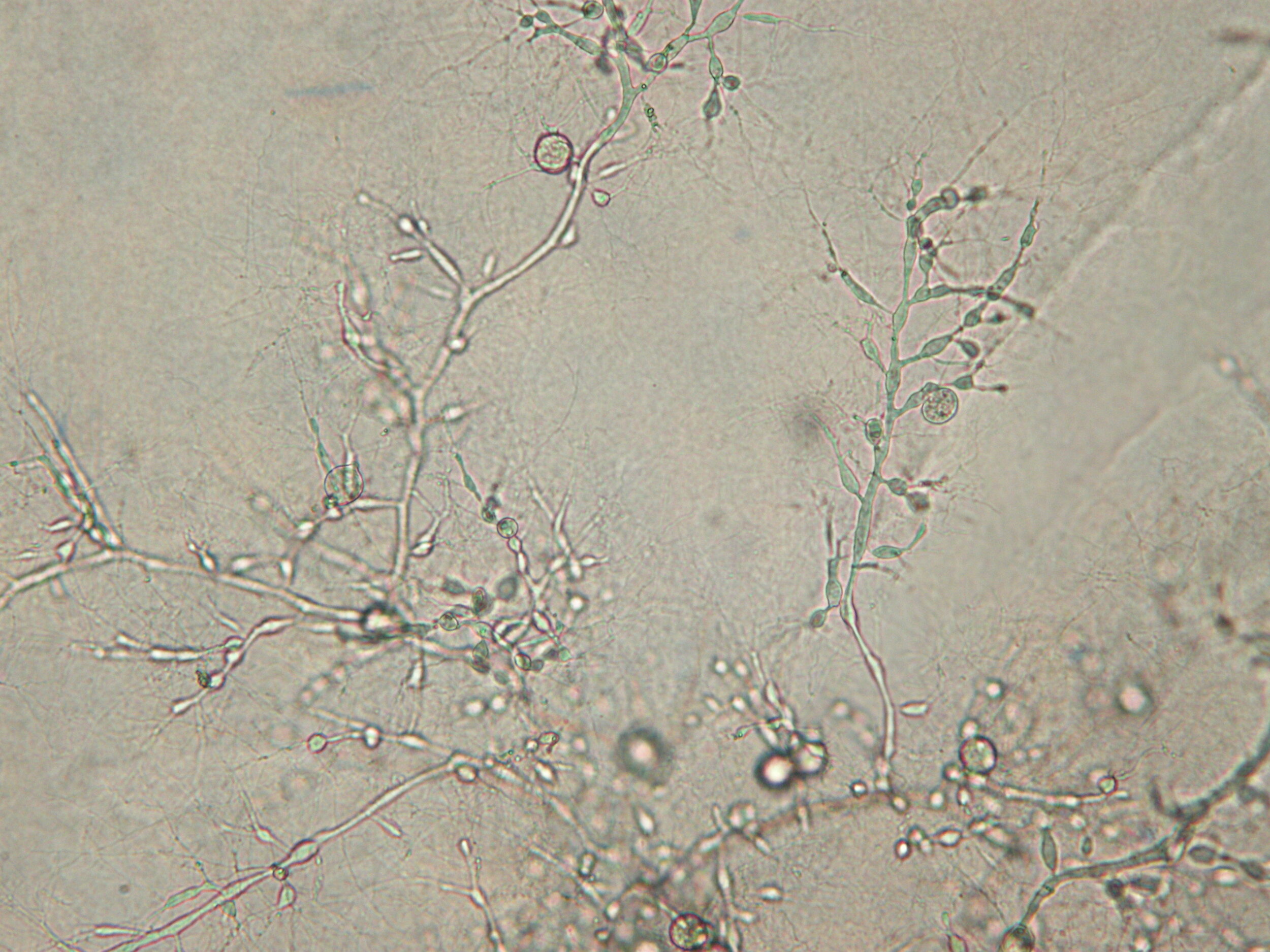
Exploring the Hidden Biology of Chytrid Fungi
Tools and techniques for chytrid research
What Are Chytrid Fungi?
Although most fungi are sessile, the early-diverging chytrid fungi form distinctive zoospores — a single-celled life stage that swim using a flagellum.
These "zoosporic fungi" were first grouped as a single phylum but were later shown to be paraphyletic, and now are classified in two distinct phyla: the Blastocladiomycota and Chytridiomycota (James, Kauff, et al. 2006; James, Letcher, et al. 2006).
Two species are important pathogens of animals. Batrachochytrium dendrobatidis is emerging infectious disease of amphibians with worldwide distribution (Fisher, Garner, et al. 2009). Batrachochytrium salamandrivorans is an even more recently described emerging pathogen found in Europe (Martel et al. 2013; Spitzen-van der Sluijs et al. 2016) which has the depressing potential to ravage North American salamander populations (Martel et al. 2014; Yap et al. 2015; Gray et al. 2015).
Labs
Laboratories from around the world are using chytrid fungi to learn about the origins and evolution of the fungal kingdom as well as to identify new ways to stop the spread of chytridiomycosis.


